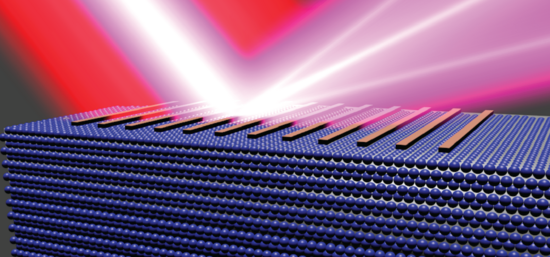
PRIMA: Correlative metrology
Nanofabrication techniques now make it possible to synthesize materials with atomic-scale characteristics. At these sizes, traditional physical models fail to predict the fundamental properties of materials, thus, new experimental and theoretical tools are needed in order to discover new physics. Phonons—vibrations of the atomic lattice—are responsible for sound and heat propagation, and behave radically differently in nanostructured systems. Analogously to electrons and photons to electron and photonic devices, controlling phonons is key for engineering both mechanical and thermal properties, critical to lightweight and energy-efficient nano-electronics, thermoelectric devices, photovoltaics, and sensors. However, measuring thermal transport at the nanoscale is especially difficult due to small and localized temperature gradients. Measuring mechanical properties nondestructively at the nanoscale is also challenging, due to substrate influence or difficult control over the applied tensile stress, yet it is critical for designing compliant devices.
The goal of this project is the development of a set of correlative techniques based on time- and frequency-resolved pump-probe schemes, in order to tackle the following challenges:
- Thermal conductivity anisotropy measurements, extremely challenging yet crucial for engineering smart heat management in nanoelectronics devices, and thermoelectricity.
- Non-diffusive thermal transport investigation, highly complex but key for the understanding and improvement of heat-based applications.
- Phonon dispersion relation and mechanical property measurements to probe phonon bandgaps and advance lightweight technology.
- Description of energy flow after ultrafast excitation, whose understanding is vital for the design of nanoscale devices.
This metrology will be applied to the rising field of nanoscale phononic crystals—complex architectures of two or more periodically ordered materials, in which phonons can be controlled. These materials present a very promising route for tuning the physical properties of next-generation nanoelectronic, thermoelectric, and ultralight devices.
Publications
Team Members
Reference Person in the University of Basel
Collaborations
Funding

This project has received funding from the Swiss National Science Foundation under the PRIMA funding scheme (Grant No. 208608).




